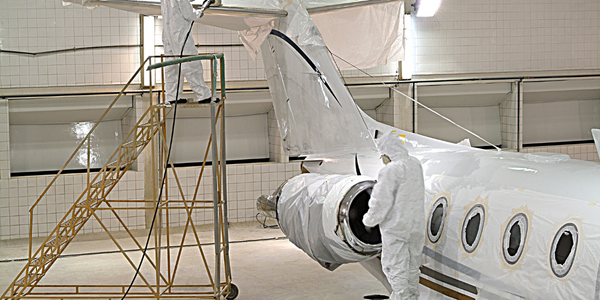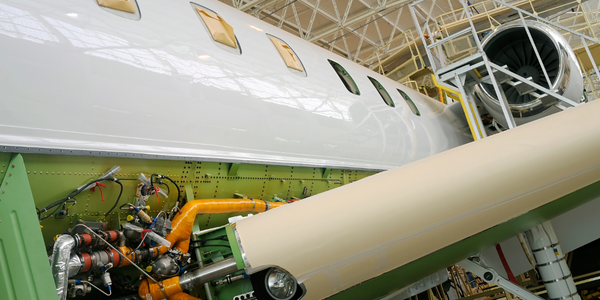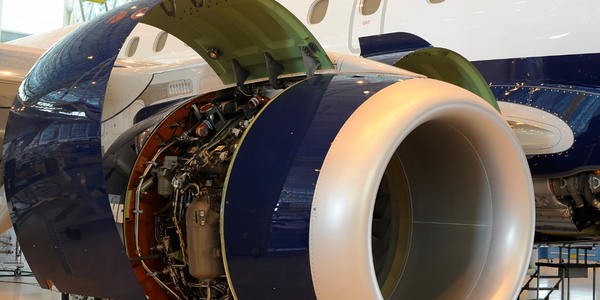公司规模
Large Corporate
地区
- Europe
国家
- United Kingdom
产品
- Intelex Audit Management
- Intelex Standard Nonconformances (SNCR)
- Intelex Document Control
- Intelex Safety Hazards & Risks
- Intelex Local Safety Meetings and Training Management
- Intelex iForms® System
技术栈
- Web-based system
实施规模
- Enterprise-wide Deployment
影响指标
- Customer Satisfaction
- Digital Expertise
- Productivity Improvements
技术
- 功能应用 - 企业资产管理系统 (EAM)
- 功能应用 - 企业资源规划系统 (ERP)
适用行业
- 航天
适用功能
- 离散制造
- 质量保证
用例
- 资产健康管理 (AHM)
- 自动化制造系统
- 预测性维护
服务
- 系统集成
- 培训
关于客户
Virgin Atlantic Airways Limited (VAA) is one of the world’s leading long-haul airlines. It has seen over 65 million passengers, employs more than 9,000 people worldwide, and operates a modern, young fleet of 38 aircraft. Today, VAA flies to 30 destinations around the world from its main bases at London’s Heathrow and Gatwick Airports. The company’s main objective was to replace its separate and disparate incident reporting processes with a single streamlined application that could be accessed by anyone across the entire company.
挑战
Virgin Atlantic Airways Limited (VAA) was looking to replace its separate and disparate incident reporting processes with a single streamlined application that could be accessed by anyone across the entire company. The company required a system that would present a single view of each incident report, allow incidents to be linked to real-time information on flights and employees via web services, and be able to populate certain fields based on that information. The system would also need to be flexible enough to capture varying incident data, where each department could manage its own types of incidents, but also where the incident outcomes, closing comments, causal factors, and all actions taken in relation to the incidents, could be maintained within a single record.
解决方案
Intelex provided VAA with a 100% web-based system that can be accessed from anywhere, is completely configurable, and was able to provide VAA with what it was looking for, and more. The system includes modules for Audit Management and Standard Nonconformances (SNCR) to monitor aircraft, schedule maintenance, and launch defects; Document Control to maintain all checklists used by the auditors; Safety Hazards & Risks to proactively assess risks; capture and analyze incidents; track incidents based on activity type; measure estimated risk vs. actual risk; Local Safety Meetings and Training Management to track, manage, and report on all meetings, course details, and employee training histories; and iForms® System to build an unlimited number of iForm modules.
运营影响

Case Study missing?
Start adding your own!
Register with your work email and create a new case study profile for your business.
相关案例.

Case Study
Airbus Soars with Wearable Technology
Building an Airbus aircraft involves complex manufacturing processes consisting of thousands of moving parts. Speed and accuracy are critical to business and competitive advantage. Improvements in both would have high impact on Airbus’ bottom line. Airbus wanted to help operators reduce the complexity of assembling cabin seats and decrease the time required to complete this task.

Case Study
Aircraft Predictive Maintenance and Workflow Optimization
First, aircraft manufacturer have trouble monitoring the health of aircraft systems with health prognostics and deliver predictive maintenance insights. Second, aircraft manufacturer wants a solution that can provide an in-context advisory and align job assignments to match technician experience and expertise.

Case Study
Aerospace & Defense Case Study Airbus
For the development of its new wide-body aircraft, Airbus needed to ensure quality and consistency across all internal and external stakeholders. Airbus had many challenges including a very aggressive development schedule and the need to ramp up production quickly to satisfy their delivery commitments. The lack of communication extended design time and introduced errors that drove up costs.

Case Study
Accelerate Production for Spirit AeroSystems
The manufacture and assembly of massive fuselage assemblies and other large structures generates a river of data. In fact, the bill of materials for a single fuselage alone can be millions of rows of data. In-house production processes and testing, as well as other manufacturers and customers created data flows that overwhelmed previous processes and information systems. Spirit’s customer base had grown substantially since their 2005 divestiture from Boeing, resulting in a $41 billion backlog of orders to fill. To address this backlog, meet increased customer demands and minimize additional capital investment, the company needed a way to improve throughput in the existing operational footprint. Spirit had a requirement from customers to increase fuselage production by 30%. To accomplish this goal, Spirit needed real-time information on its value chain and workflow. However, the two terabytes of data being pulled from their SAP ECC was unmanageable and overloaded their business warehouse. It had become time-consuming and difficult to pull aggregate data, disaggregate it for the needed information and then reassemble to create a report. During the 6-8 hours it took to build a report, another work shift (they run three per day) would have already taken place, thus the report content was out-of-date before it was ever delivered. As a result, supervisors often had to rely on manual efforts to provide charts, reports and analysis.

Case Study
Developing Smart Tools for the Airbus Factory
Manufacturing and assembly of aircraft, which involves tens of thousands of steps that must be followed by the operators, and a single mistake in the process could cost hundreds of thousands of dollars to fix, makes the room for error very small.








